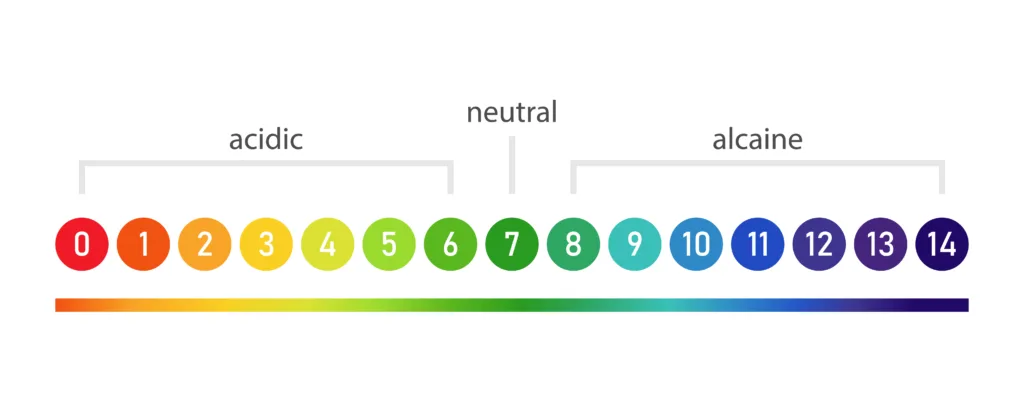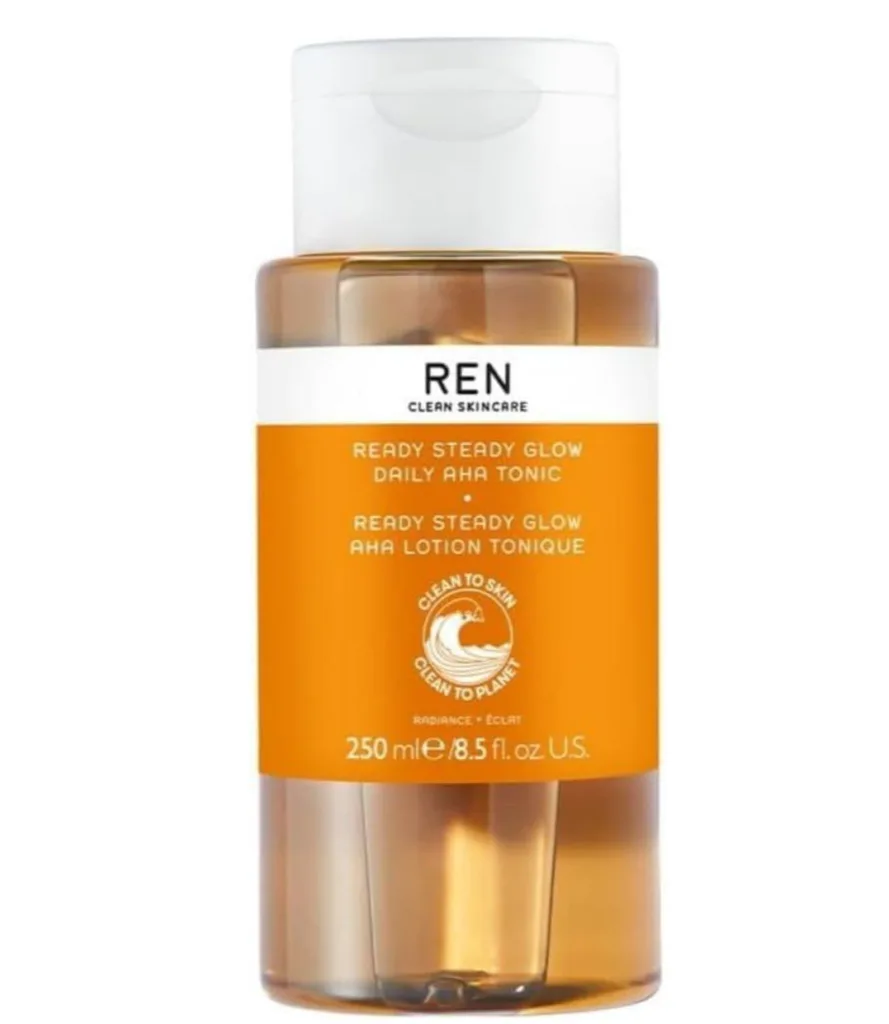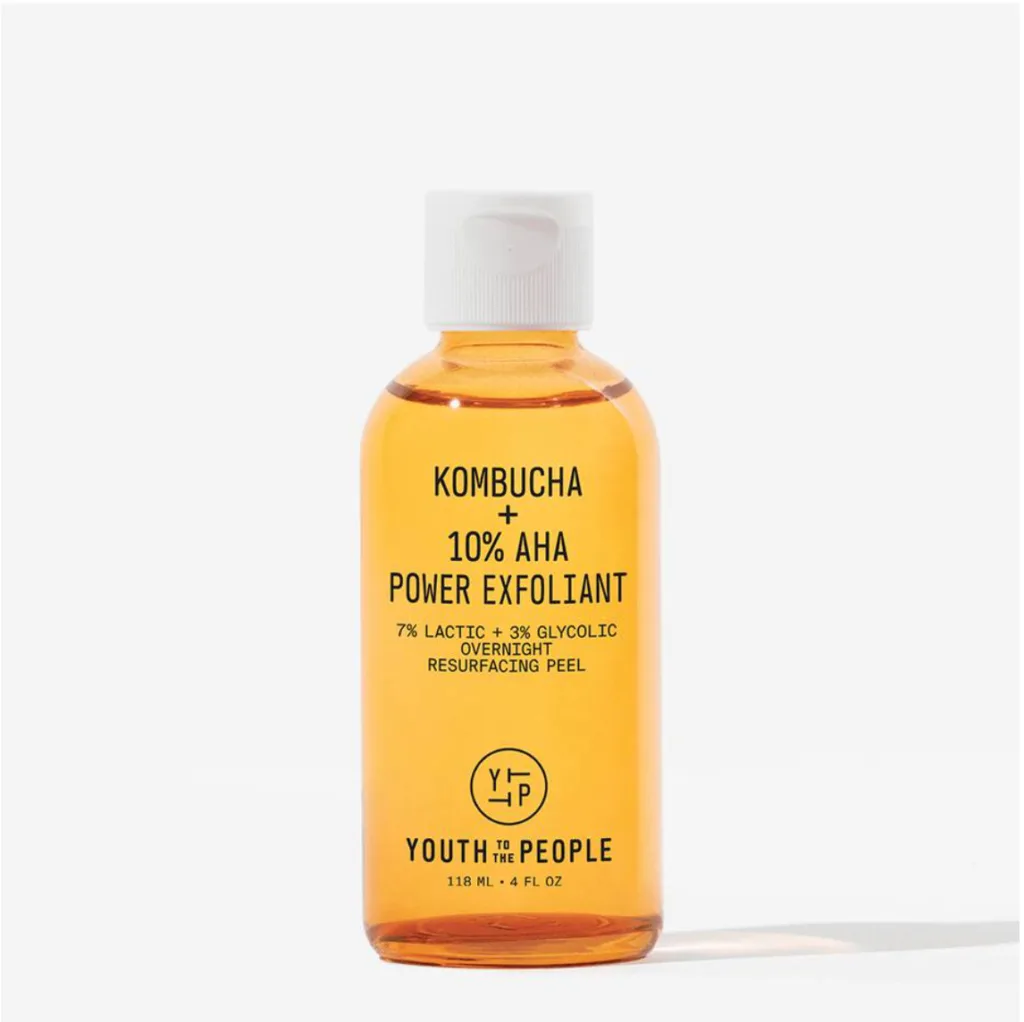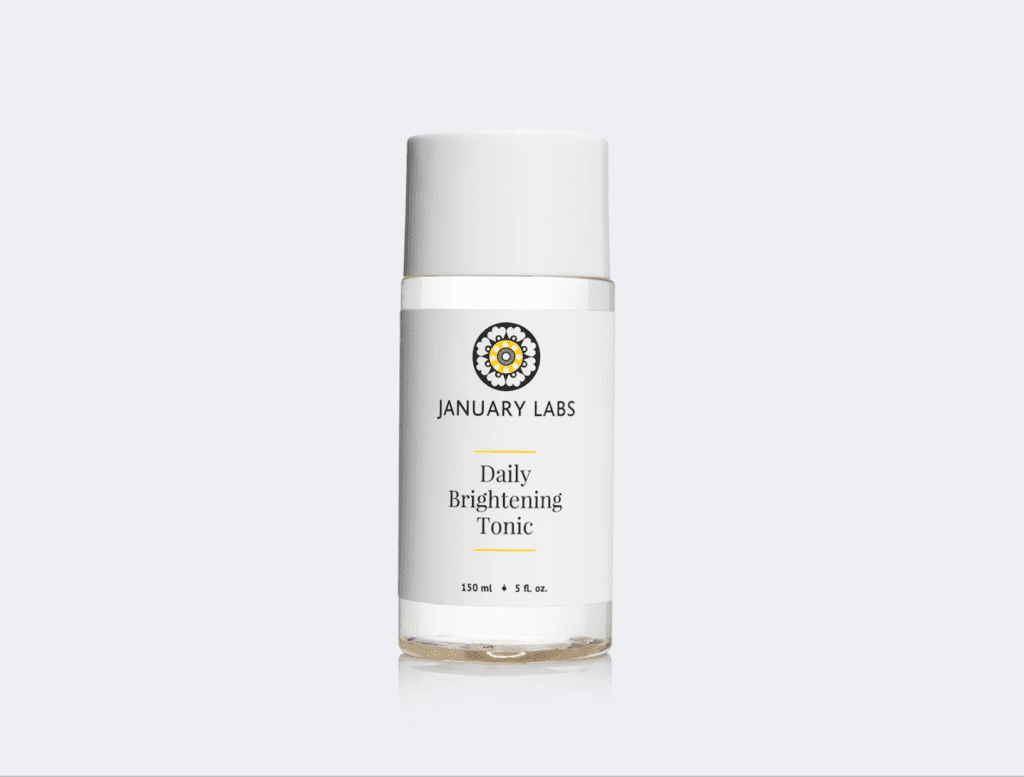
Lactic acid toners are a popular choice in skincare routines due to their numerous benefits for various skin types. As a gentle type of alpha hydroxy acid (AHA), lactic acid helps exfoliate dead skin cells, revealing a brighter, more youthful complexion. It can be especially beneficial for those with sensitive skin as it is less irritating than other AHAs like glycolic acid.
These toners not only help promote a brighter appearance but also provide additional benefits, such as improving skin texture, reducing dark spots and combatting signs of ageing.
But to maximise the effects of lactic acid toners, it’s important to find the one that suits your skin type. In addition, understanding how to incorporate this toner into your routine correctly will help you achieve the best results without any adverse effects.
Lactic Acid Toner: What is it?
If you want to maintain youthful skin, adding a lactic acid toner to your skincare routine is a good idea.
In contrast to many other AHAs, lactic acid is gentler on the skin, making it suitable for various skin types. It’s water-soluble, allowing it to exfoliate the skin’s surface and reveal smoother, brighter skin underneath. Additionally, lactic acid stimulates collagen production, offering an anti-ageing benefit to your skin.
You may wonder if it’s safe to combine toner and lactic acid together, and the answer is yes, for most people.
However, if you have sensitive skin, you should do a patch test before introducing new products to your routine.
Keep in mind that lactic acid toners also often include other beneficial acids like glycolic or salicylic acid. These combination toners can target specific skin concerns.
For example, lactic acid with salicylic acid may work best for oily and acne-prone skin, whereas lactic acid paired with glycolic acid may have more anti-ageing benefits.
What Does Lactic Acid Toner Do?
1. It Enhances Skin Radiance
Lactic acid toner is a wonderful addition to your skincare routine as it helps in improving the appearance of your skin by removing dead skin cells.
As an AHA, it gently exfoliates the skin’s surface, revealing a brighter and more radiant complexion. With regular use, you may notice a visible improvement in your skin’s overall texture and tone.
2. It Promotes Skin Hydration
Another benefit of lactic acid toner is its hydrating properties. It increases the natural moisturising factors within the skin by attracting and retaining water molecules.
This ensures that your skin remains hydrated and plump throughout the day, which can help prevent dryness and flakiness. The additional hydration also smoothens the skin, making it appear healthier and more youthful.
3. It Reduces Ageing Signs
Not only does lactic acid toner assist in skin radiance and hydration, but it also reduces the visible signs of ageing. With its gentle exfoliating action, lactic acid helps smooth out fine lines and wrinkles, revealing a fresher and younger-looking complexion. Additionally, it diminishes the appearance of age spots and hyperpigmentation by promoting an even skin tone.
In summary, incorporating a lactic acid toner into your skincare regimen can provide numerous benefits, including enhanced skin radiance, promotion of skin hydration, and reduction of ageing signs. The result is healthier, more youthful, and radiant skin that you can feel confident about.
Keep These in Mind When Choosing Your Lactic Acid Toner
Skin Sensitivity
To get the most out of a lactic acid toner, it’s important to factor in your skin sensitivity. While lactic acid is generally suitable for most skin types, including sensitive skin, you should still check the concentration of the acid in the product.
If your skin is sensitive, you may prefer a gentle lactic acid toner. Whereas, if your skin can tolerate stronger exfoliants, you may opt for a more potent formulation.
Concentration
Another aspect to remember when choosing a lactic acid toner is the right concentration. For those new to chemical exfoliants or with sensitive skin, a lower concentration (around 5-8%) is the way to go.
Higher concentrations, provide enhanced exfoliating power but might be too intense for some skin types.
Always check the label for the lactic acid percentage to ensure it suits your skin’s tolerance levels.
pH Level
A pH-balanced toner helps maintain your skin’s natural barrier at a slightly acidic pH of around 5.5. When you use a toner with a pH that is too high or too low, it can disrupt your skin’s natural balance, making it more susceptible to irritation and dryness.

A pH-balanced toner will help to restore your skin’s natural pH levels, which can help to strengthen your skin’s barrier and protect it from environmental damage.
When looking for a toner, make sure that it has an optimal pH level (around 4) in order to penetrate the skin more effectively and dissolve dead skin cells more efficiently.
However, not all skin types can tolerate toners with a pH of 4. If you have sensitive skin, it is best to start with a toner with a higher pH and gradually reduce the pH as tolerated.
A higher pH might render the product less effective, while a lower pH might cause irritation.
Added Ingredients
Lactic acid toners may contain additional ingredients that offer various benefits.
For example, toners with salicylic acid can help manage acne caused by oily skin, while those with witch hazel offer oil-absorbing properties, making them suitable for combination skin types.
When selecting a lactic acid toner, look for ingredients that address your specific skin concerns. That way, you can achieve the best possible results from your toner.
How to Apply Lactic Acid Toner

- Start by cleansing your face to remove any dirt and impurities.
- After cleansing, apply a teaspoon-size amount of the toner directly to your clean skin with your hands or use a soaked cotton pad or ball to sweep it across your face.
- Ensure the toner is distributed evenly and allow it to absorb into your skin for a few minutes.
- Follow up with your regular moisturiser and sunscreen if you’re applying the toner during the day.
How to Avoid Irritation
When using a lactic acid toner, there are a few things to keep in mind:
- To avoid potential irritation, start by using the toner once or twice a week and observe how your skin reacts. If your skin tolerates the toner well, you can gradually increase the frequency of its usage. On the other hand, if you experience any discomfort or signs of an allergic reaction, such as redness, itching, or burning, discontinue the use of the toner and consult a dermatologist.
- As lactic acid can increase your skin’s sensitivity to the sun, ensure that you wear sunscreen with at least SPF 30 during the day, even when it’s cloudy. It’s also essential to avoid using other exfoliating products or vitamin C serums in the same routine as the lactic acid toner, as this may lead to over-exfoliation and irritation.
Remember, everyone’s skin is unique, and you know your skin best. When introducing a lactic acid toner into your skincare routine, it’s necessary to be patient and listen to your skin’s cues. With the right approach and safety measures in place, a lactic acid toner can offer numerous benefits and help you achieve a brighter, smoother, and healthier complexion.
Possible Side Effects
Using lactic acid toner can be a great way to exfoliate and improve your skin, but it’s important to be aware of possible side effects. For some people, it may cause minor irritations such as:
- Redness: Your skin might appear red after applying the toner, especially if it’s your first time using the product.
- Swelling: A mild swelling might occur around the application area. It is usually temporary and should subside within a few hours.
- Burning or tingling sensation: When you apply the toner, you might feel a slight tingling or burning sensation on your skin.
To minimise these irritations, you should start with a lower concentration of lactic acid, apply the toner less frequently, or use a product with a higher pH level.
Additionally, always complete a patch test before using the toner on your entire face to ensure you don’t have an adverse reaction.
Lactic Acid Toners to Try
If you’re in the market for lactic acid toners to incorporate into your skincare routine, you’ve come to the right place. Lactic acid toners can help exfoliate your skin gently and effectively, leaving it softer and more radiant. Here are some popular lactic acid toners available in the market:
REN Clean Skincare Ready Steady Glow Daily AHA Tonic: This highly recommended toner combines the power of lactic acid with other AHAs to give you a gentle yet effective exfoliation. REN’s AHA tonic helps to improve your skin texture and deliver a natural glow.


Youth To The People Kombucha + 10% AHA Power Exfoliant: With a combination of lactic acid and glycolic acid, this toner provides a higher level of exfoliation without being too harsh on your skin. It’s suitable for most skin types and can help you achieve a smoother and more even complexion.
January Labs Daily Brightening Tonic: This lactic acid toner is specifically tailored for blemish-prone skin. It combines the balancing properties of lactic acid with the astringent qualities of witch hazel to target excess sebum and prevent acne breakouts.

It’s always a good idea to complement your use of lactic acid toners with a good moisturiser to keep your skin hydrated and healthy.
Conclusion
Incorporating a lactic acid toner into your skincare routine can offer a range of benefits for your skin. As an alpha-hydroxy acid, lactic acid effectively draws out impurities, refines skin texture, brightens your complexion, and even stimulates collagen production.
By consistently using a lactic acid toner, you can obtain softer and more supple skin.
When looking for a toner, keep in mind that some toners may contain a higher concentration of lactic acid, making them more suitable for those with oily or acne-prone skin. Conversely, those with sensitive or dry skin should look for a product with a lower concentration of active ingredients and additional soothing agents.
In addition to lactic acid, consider looking for complementary ingredients such as niacinamide, which can offer additional hydrating and soothing properties. This combination may enhance the benefits of your toner and contribute to an overall healthier complexion.
To see the best results, ensure that you properly integrate the lactic acid toner into a well-balanced skincare routine. Consistent application, coupled with the appropriate use of cleansers, moisturisers, and sun protection, will help you get the most out of your lactic acid toner and promote radiant, youthful-looking skin.